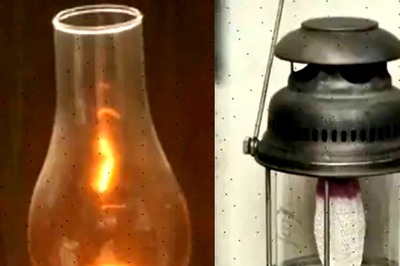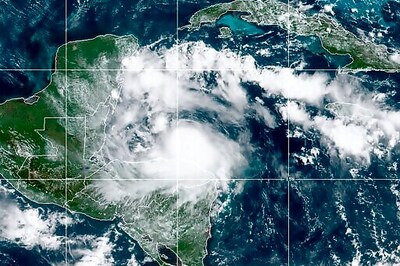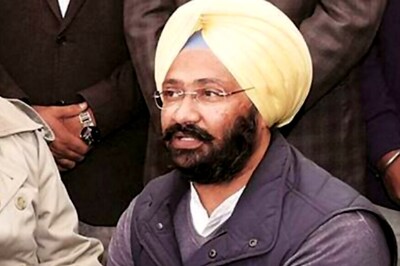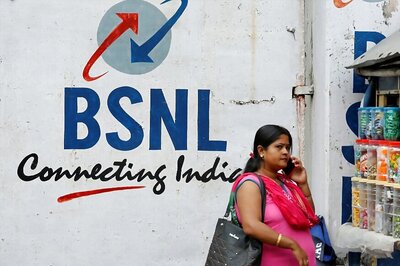
views
New Delhi: India, despite being one of the countries with most number of smartphone users, is grappling with poor network connectivity that results in call drops. Each time you make a call, even before it is answered by the receiver; it goes through various channels - from connecting to mobile towers, to verification of caller and receiver details. All this is done in a few seconds when you call and the other person responds, but, if even one of the channels is buggy, the entire process fails and results in call drops.
Recently, Communications and IT Minister Ravi Shankar Prasad announced plans to penalise network providers if they didn't address the menace. The reason why call drops are on a surge in India is due to a lack of spectrum and less number of mobile towers in the country. While installing more towers in the country might seem like the best outcome; commoners are averse the idea given the radiation threat these towers are considered to pose.
However, the IT Minister has assured that the WHO approves installation of the towers and that they don't pose any health implications unless in certain situations. In such a scenario, the alternative solution is acquiring more telecom spectrum.
What is telecom spectrum?
All our wireless communications, from radio to voice calls, are placed over a matrix of radio frequencies, which is called as the 'spectrum', to transmit bits of data through the air. You can understand it in terms of a bag full of chocolates, where only the white chocolates are reserved for the telecom operators, and the rest are further divided and reserved for radio, television, and other wireless communication mediums. Most importantly, there is a rule which states - no sharing or encroaching of others’ share of frequencies (or chocolates).
These frequencies are divided and allotted to providers. No two providers can transmit wireless signals through the same spectrum in the same market at the same time, similar to radio frequencies where simultaneous operation of two frequencies results in disruption.
Spectrum in India
In February 2015, COAI director general Rajan S Mathews stressed that lack of spectrum is the main reason for call drops in India and a mixed model that includes a combination of more spectrum and more mobile towers is required to address the problem of mobile network connectivity in the country.
In India, the Department of Telecommunications (DoT) conducts auctions of licenses for the spectrum. More simply put, it sells the range of frequencies (measured in megahertz or MHz) to network providers.
The 2015 spectrum auction concluded on March 25, 2015 after 19 days and 115 rounds of bidding. Spectrum at 800 MHz, 900 MHz, 1800 MHz and 2100 MHz bands have been auctioned off. These spectrums are acquired by operators in various circles or cities and in varied frequencies. However, post the auction, timely spectrum allocation is critical to avoid coverage disruptions as operators need time to rejig networks.
However, network operators have expressed their discontent over the current model of spectrum auction and bit-by-bit release of new spectrum by the Indian telecom authority.




















Comments
0 comment